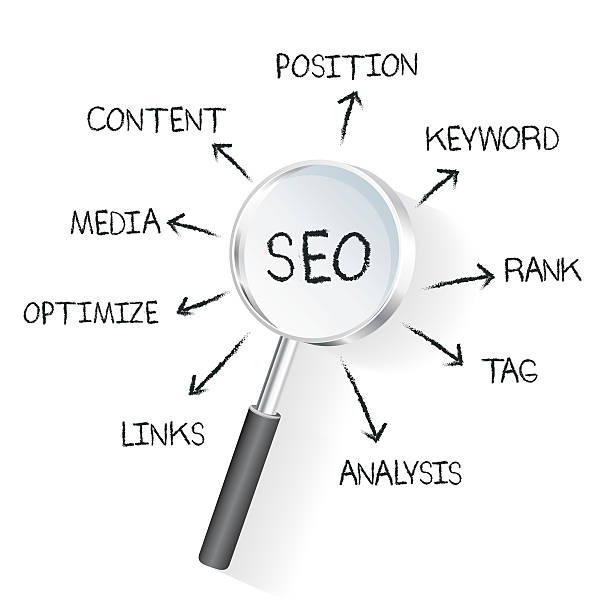
What is on-page SEO & how do SEO services implement it?
On-page SEO refers to optimizing individual web pages to improve search engine rankings and drive relevant traffic.
It involves a range of techniques and strategies applied directly to a page’s content and HTML source code. Here are the key components of on-page SEO and how SEO services typically implement them:
Key Components of On-Page SEO
Keyword Research:
Identifying relevant keywords that users are searching for.
Integrating these keywords naturally into the content.
Content Quality:
Creating high-quality, informative, and engaging content that meets user intent.
Ensuring that the content provides value and answers users’ questions.
Title Tags and Meta Descriptions:
Writing compelling title tags that include target keywords and accurately describe the content.
Crafting persuasive meta descriptions to encourage click-throughs from search engine results pages (SERPs).
Header Tags (H1, H2, H3, etc.):
Structuring content with header tags to improve readability and SEO.
Keywords in headers are used to indicate the content hierarchy.
URL Structure:
Creating clean, descriptive URLs that include relevant keywords.
Ensuring URLs are easy to read and understand.
Internal Linking:
Linking to other relevant pages within the website enhances navigation and distributes page authority.
Using descriptive anchor text for better context.
Image Optimization:
Using descriptive file names and alt text for images to improve accessibility and SEO.
Compressing images to enhance page load speed.
Mobile-Friendliness:
Ensuring the website is responsive and provides a good user experience on mobile devices.
Implementing design practices that cater to mobile users.
Page Load Speed:
Optimizing website performance to reduce loading times can affect rankings and user experience.
Utilizing tools to analyze and improve speed.
User Experience (UX):
Focusing on site navigation, layout, and readability to create a positive user experience.
Monitoring user behaviour to make necessary adjustments.
Implementation by SEO Services
SEO services typically follow a structured approach to implementing on-page SEO:
Auditing:
Conducting a comprehensive audit of the website to identify areas for improvement.
Strategy Development:
Developing a tailored on-page SEO strategy based on the audit findings and client goals.
Content Creation and Optimization:
Writing or optimizing existing content to align with SEO best practices.
Technical Implementation:
Making necessary changes to the website’s HTML, CSS, and other technical aspects.
Monitoring and Reporting:
Tracking performance metrics such as rankings, traffic, and user engagement.
Providing regular reports to clients and adjusting strategies as needed.
Continuous Improvement:
Staying updated with SEO trends and algorithm changes to refine on-page strategies continuously.
By focusing on these elements, SEO services help improve websites’ visibility and ranking in search engine results, ultimately driving more organic traffic.


